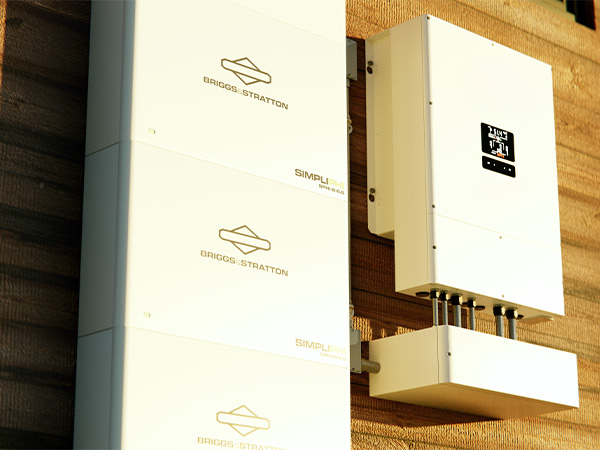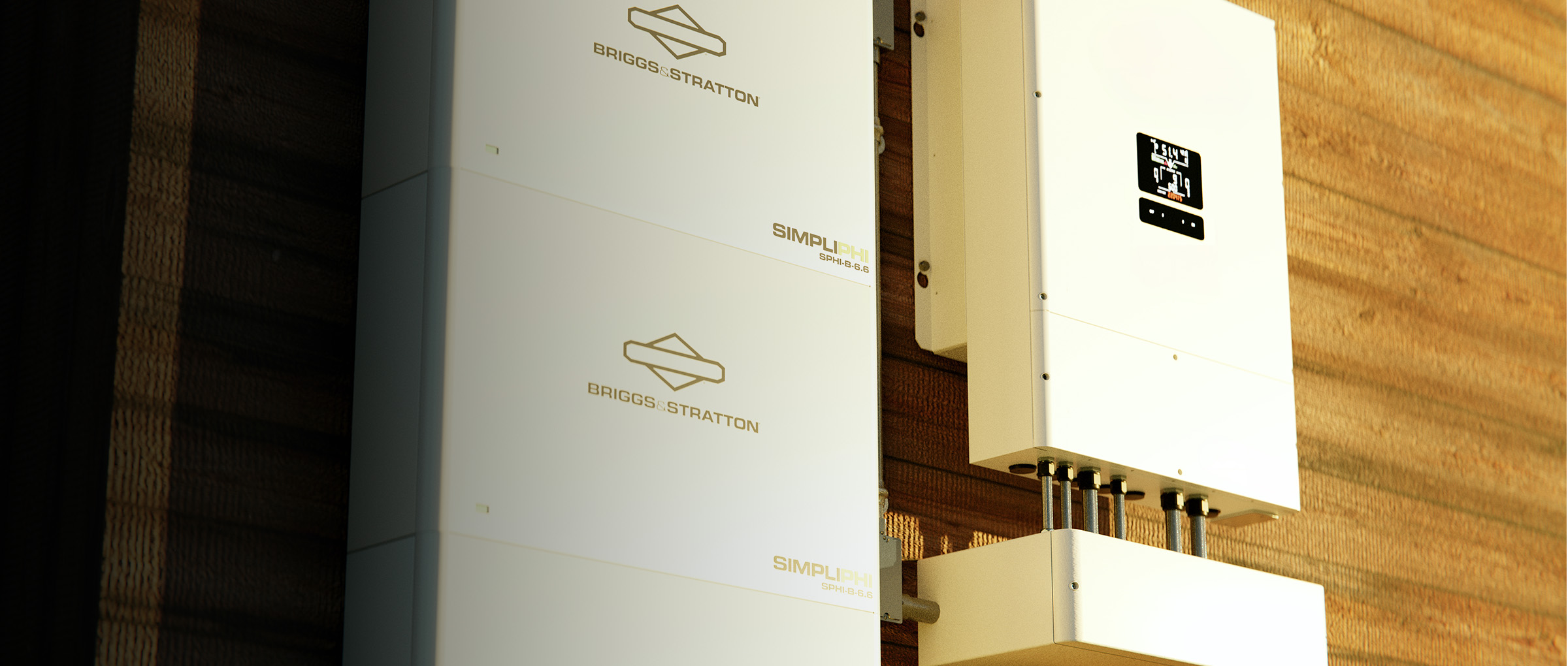Globally, the solar industry is witnessing evolving trends, with financial incentives and policies increasingly resembling California's NEM 3.0. Under this new net metering tariff, the value of credits for excess solar energy sent back to the grid is reduced, making the current financial return on investment for solar panels alone less attractive. Although the reduced compensation rates mean that homeowners may not save as much on their electricity bills as they did under earlier NEM policies like NEM 2.0, this doesn't imply that solar is no longer a good investment—it simply reshapes the financial strategy to include battery storage. Today, many local, state, and federal programs are incentivizing energy storage adoption to help stabilize the grid due to too much solar power generated during the day without the ability to utilize it.
The U.S. saw a 15% increase in battery storage installations in 2022, highlighting the growing demand for grid-interactive solutions.
Many homeowners are turning to battery backup systems to maximize their energy benefits. Battery storage offers flexibility, allowing you to store energy in the battery when rates are low and discharge it when rates are high, which can significantly reduce utility bills. The beauty of battery storage is that it provides these advantages whether you have solar panels or not. Battery storage can function independently, offering backup power during outages and smart energy management, even if your home isn’t equipped with solar panels.
In this guide, we will walk you through the steps to implement a home battery backup system, whether pairing it with solar energy or using it as a standalone backup solution.
Overview of home battery backup systems
Home battery backup systems typically include batteries, an inverter, an energy management system, and monitoring software. The batteries store energy from the grid or another resource, the inverter converts it into usable electricity, the software monitors the system, and the management system optimizes energy usage, ensuring the most efficient use of stored energy. The management system can also be programmed to manage or shed specific energy loads.
The financial landscape for home energy storage is becoming more favorable. Federal and state incentives, such as the Investment Tax Credit (ITC), can help reduce the costs of battery systems through tax incentives. Additionally, time-of-use (TOU) pricing policies allow homeowners to maximize savings by storing energy when rates are low and using it when rates are high.
You don’t need solar to gain the benefits of battery storage
According to a study by the Rocky Mountain Institute, homes with battery storage systems can reduce their peak electricity demand by up to 65%, leading to lower electricity bills and reduced strain on the power grid during high-demand periods.
Standalone home batteries without solar panels help store energy from the grid during off-peak hours when electricity rates are lower. This stored energy can be harnessed during peak hours when rates are higher, helping homeowners manage energy costs and providing a backup power source during outages. These batteries offer a flexible solution for enhancing energy resilience and efficiency, making them valuable to modern homes. By optimizing the use of stored energy, standalone batteries contribute to a more sustainable and cost-effective energy strategy.
Backup power during grid outages
According to the Energy Information Administration, over 1,500 weather-related power outages occurred from 2000 to 2021. With the high frequency of power outages and rising electricity rates, the need for cost-effective backup power solutions is growing. Home battery storage provides backup power during emergencies and operates during non-emergency times, offering a reliable energy source.
Standalone home batteries give homeowners peace of mind, knowing they have a reliable backup power source during outages, enhancing energy resilience. Equipped with programmable settings, homeowners can manage and optimize energy usage, adjusting for personal schedules or peak pricing periods. This flexibility makes standalone batteries a smart and sustainable addition to any home, offering a practical way to navigate fluctuating energy costs and improve overall efficiency.
Battery storage supports emissions-free energy and charging your EV
A study by the National Renewable Energy Laboratory (NREL) found that integrating battery storage with renewable energy sources can cut greenhouse gas emissions by up to 80% in some scenarios.
Here’s one example of how batteries coupled with solar lower GHG emissions. Let’s say you have a home equipped with solar panels, drive an electric vehicle (EV), and work an on-premise job from 9-5. You come home to charge your EV, but your system switches to grid power as the sun sets. Now, your car charge relies on the grid, which coal-fired plants and other energy sources often generate. By adding battery storage to your setup, you can charge the home’s battery from solar during the day while the sun is shining and use that stored energy to charge your EV at night from your batteries instead of relying on grid power.
The capability to use renewable energy generated by your solar panels reduces the cost of charging your EV, reduces reliance on fossil fuels, decreases carbon emissions, and contributes to a lower carbon footprint. This will be important in mitigating climate change and improving air quality.
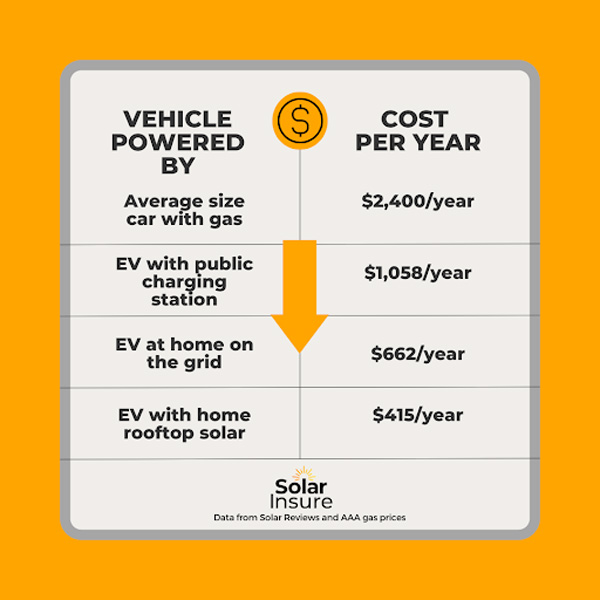
Source: Solar Insure
What about if you already have solar?
If you already have a solar system, battery storage not only maximizes the efficiency and financial returns of the solar system but also provides a reliable backup during grid outages.
Off-grid solar batteries operate independently from the main electrical grid, offering a complete energy solution for homes in remote locations or those seeking complete energy independence. These systems ensure a continuous power supply by storing surplus solar energy when the sun is not shining, reducing reliance on traditional energy sources.
The decision that’ll differentiate is whether to adopt a DC or AC architecture for your battery storage system.
The movement toward DC Architecture and a DC-coupled system
When adding battery storage to an existing solar system, your choice in how it will be coupled to this system, either AC or DC coupled, will determine your final output efficiency. The difference between AC-coupled and DC-coupled batteries depends on whether the electricity from your solar panels is inverted before or after it is stored in the battery.
More and more batteries are moving toward DC coupling because the result is more efficient. With a DC connection, less AC/DC conversions are necessary, and every required conversion creates a 10% energy loss. A DC-structured system will minimize conversions, maximizing efficiency. So, while AC coupling may be a quicker installation option for adding battery storage to an existing solar system, the overall output will lower the system’s efficiency.
Five reasons why DC Architecture is ideal
1. Minimizes conversion losses
About 10% of energy is lost each time electricity is converted from AC to DC. A DC-structured system reduces these conversions, enhancing overall efficiency.
2. Scalable power and energy
A DC architecture allows for independent power and energy scaling, providing greater flexibility in system design and future upgrades.
3. Increased efficiency
DC systems offer higher efficiency by minimizing conversions, making them a more responsible choice.
4. Adoption by industry leaders
More companies are moving towards DC-coupled systems and Lithium Iron Phosphate (LFP) battery chemistry, reflecting a trend towards more efficient and reliable energy solutions.
5. Compliance with electrical codes
A DC system demonstrates a deep understanding of electrical codes, which is crucial as the National Fire Protection Association (NFPA) and International Fire Code (IFC) regulations vary widely.
8 Advantages of The SimpliPHI 6.6 Battery Storage Home Battery Backup System with DC Architecture
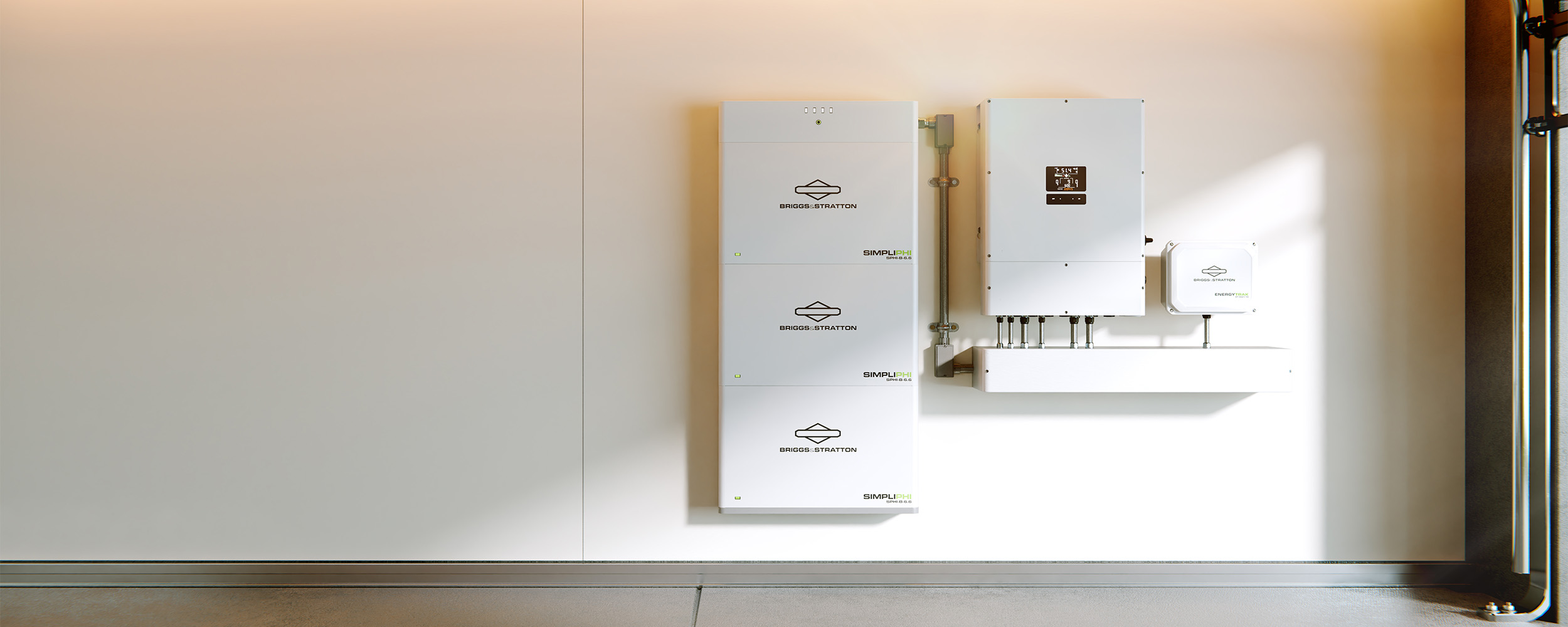
1. Bankability
Briggs & Stratton Energy Solutions has over a century of experience in high-quality manufacturing and is a brand known and trusted by millions. With so many new battery startups, it's essential to consider this: Will the company be around if I need to use my warranty? The answer should be a confident yes when making your battery storage decision.
2. LFP Battery Safety
Briggs & Stratton Energy Solutions prioritizes safe battery storage systems. Lithium Iron Phosphate batteries are less energy-dense and provide more safety from the thermal runaway worries of other lithium-ion battery chemistries. It is one of the only batteries with UL 9540 and 9540A safety certification, approved by the NYFD for their level of safety.
3. Sleek Design
The SimpliPHI 6.6 Battery Storage is great to look at and adds a high-quality, energy-savvy look to your home. We all want the functionality a battery storage can bring, but it's even better when it looks great and is genuinely stackable.
4. Outdoor Rated
The SimpliPHI 6.6 Battery Storage is outdoor rated, meaning it can withstand the weather without additional cabinets and accessories.
5. Genuinely Stackable
The SimpliPHI 6.6 Battery Storage isn't just physically stackable; power and communication are seamless, and there are no additional wires to consider when stacking.
6. 100% Depth of Discharge
Most batteries can only go to 80% or 50% depth of discharge, which means you need more batteries to compensate for the gap in discharging. The SimpliPHI 6.6 Battery Storage can discharge to 100%. While this often isn't necessary, and you can program your battery to discharge at a capped rate, like 80%, the availability is there if needed.
7. Better Cycle Life
LFP batteries are heavier and stationary, making them more stable. They are known for their exceptional cycle life, which exceeds lithium-ion batteries.
8. Better Equipped for Cold Weather
Briggs & Stratton Energy Solutions’ LFP batteries are enchanted with the ability to charge in much colder temperatures versus other lithium-ion batteries, which, when too cold, halt their ability to charge because there aren't sufficient lithium ions available to continue the flow of electricity.
As you consider integrating battery storage into your home energy strategy, remember that this investment isn't just about immediate cost savings—it's about long-term energy resilience, cost savings, and future-proofing your home. Whether pairing battery storage with a solar system or a standalone solution, you are stepping into a more secure energy system. Choosing the right architecture and understanding the advantages of different technologies, like DC-coupled systems and LFP batteries, can optimize your energy efficiency and ensure a reliable power source even in grid instability.
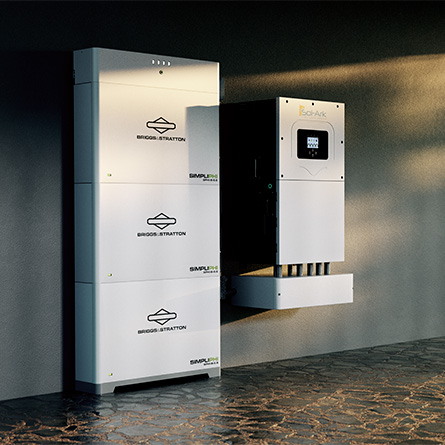
Ready to experience true energy independence?
Request a consultation with a Briggs & Stratton dealer or installer near you by clicking the button below.


